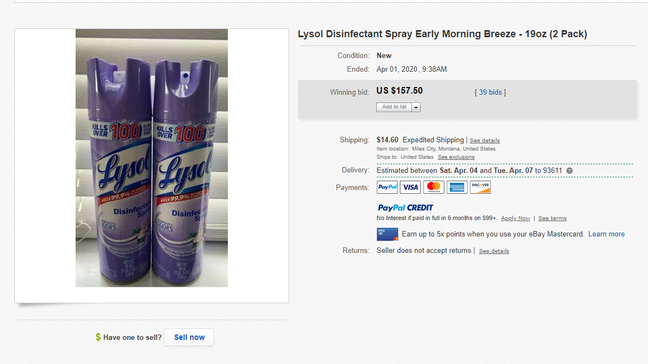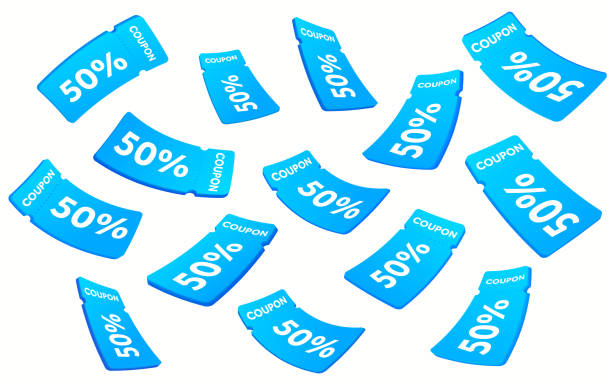Poshmark vs eBay
Are you ready to delve into the world of online selling, but torn between platforms? Look no further! Today, we’re breaking down the key differences between two titans of the eCommerce world: Selling on Poshmark vs eBay. Whether you’re a seasoned seller or a newcomer to the game, understanding these distinctions will empower you to make the best choice for your business. So, grab your notepad, and let’s explore the exciting realms of Poshmark and eBay!

Poshmark: The Fashionista’s Paradise
Poshmark is a haven for fashion enthusiasts and trendsetters alike. With its emphasis on style and community, Poshmark offers a unique selling experience tailored specifically for fashionistas. Here’s what sets it apart:
- Social Commerce: Poshmark isn’t just a marketplace; it’s a social platform. Sellers can interact with buyers, share styling tips, and even host virtual shopping parties. This social aspect adds a personal touch to transactions and fosters a sense of community among users.
- Focused on Fashion: If your closet is bursting with trendy clothes, shoes, and accessories, Poshmark is the place to be. The platform specializes in fashion, making it the go-to destination for shoppers seeking the latest styles and brands.
- Simple Listing Process: Listing items on Poshmark is a breeze. Sellers can snap photos, write engaging descriptions, and set prices within minutes. The streamlined interface makes it easy to showcase your items and attract potential buyers.
- Seller-Friendly Fees: Poshmark operates on a straightforward fee structure. For sales under $15, the platform takes a flat commission of $2.95. For sales of $15 or more, Poshmark charges a 20% commission. While this may seem high compared to other platforms, the built-in social features and targeted audience make it a worthwhile investment for many sellers.

eBay: The Marketplace for All
eBay needs no introduction—it’s one of the oldest and most renowned online marketplaces in the world. From vintage collectibles to brand-new electronics, eBay is a treasure trove for buyers and sellers alike. Here’s why eBay stands out:
- Diverse Product Range: Unlike Poshmark, eBay isn’t limited to fashion. Sellers can list virtually anything under the sun, from rare antiques to everyday household items. This diversity attracts a broad audience of buyers with varied interests and shopping needs.
- Global Reach: With millions of users spanning the globe, eBay offers unparalleled exposure for your listings. Whether you’re selling locally or aiming for international customers, eBay’s vast reach ensures that your products will find their way into the hands of eager buyers worldwide.
- Auction Format: One of eBay’s most iconic features is its auction-style listings. Sellers have the option to set a starting price and let buyers bid on their items, creating a sense of excitement and competition. This format can lead to higher selling prices, particularly for rare or sought-after items.
- Flexible Pricing Options: In addition to auctions, eBay allows sellers to list items at fixed prices or offer them through the “Best Offer” feature. This flexibility empowers sellers to experiment with different pricing strategies and cater to the preferences of their target audience.

Choosing the Right Platform for You
Now that we’ve explored the distinctive features of Poshmark and eBay, it’s time to decide which platform aligns best with your selling goals and preferences. Here are a few factors to consider:
- Nature of Your Inventory: Do you specialize in fashion and accessories, or do you have a diverse range of products to sell? If your inventory is primarily fashion-focused, Poshmark may offer a more targeted audience. However, if you sell a wide array of items, eBay’s versatility might better suit your needs.
- Desired Selling Experience: Are you seeking a social, community-driven selling experience, or do you prefer a more traditional marketplace approach? Poshmark’s interactive features make it ideal for sellers who enjoy engaging with buyers and fellow fashion enthusiasts. On the other hand, eBay’s expansive marketplace caters to sellers looking for maximum exposure and sales opportunities.
- Fees and Pricing Structure: Consider the fees associated with each platform and how they align with your budget and profit margins. While Poshmark’s commission may be higher, its targeted audience and user-friendly interface could lead to faster sales and higher profits. Conversely, eBay’s diverse pricing options and global reach may justify its fees for sellers with a wide range of inventory.

Conclusion
Both Poshmark and eBay offer unique advantages and cater to different selling preferences. Whether you’re drawn to Poshmark’s fashion-forward community or eBay’s vast marketplace, there’s no shortage of opportunities to thrive as an online seller. By understanding the differences between these platforms and aligning them with your business goals, you’ll be well-equipped to embark on a successful selling journey. So, pick your platform, polish your listings, and get ready to unleash your entrepreneurial spirit in the exciting world of eCommerce!







